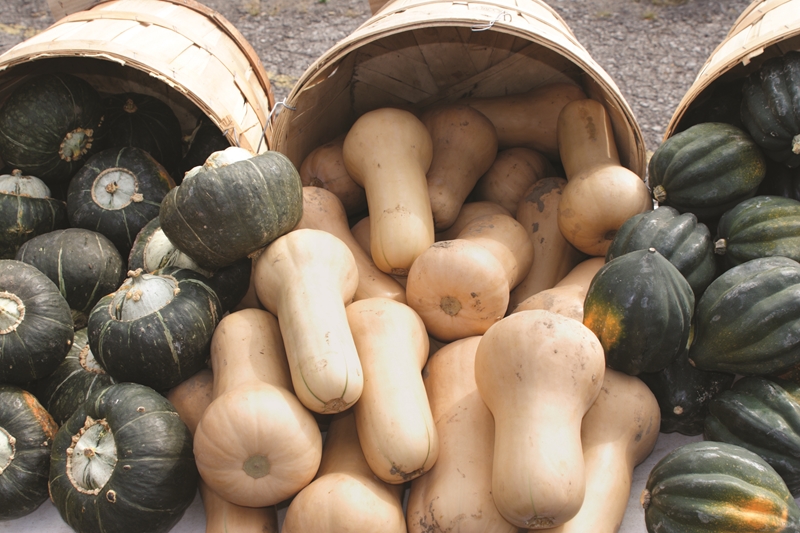Agriculture
#Agbiz: Erratic weather conditions in Southern Africa disrupt agricultural activity─── 05:00 Tue, 08 Feb 2022

As usual on the Agri Hour, Wandile Sihlobo, chief economist at the Agricultural Business Chamber of South Africa, Agbiz, provides a weekly insert about the latest on the global as well as South African agricultural markets.
He also provides more information about the latest developments in the agricultural sector.
See PODCAST below
Sihlobo takes a look at how the past few months’ erratic weather conditions, experienced in Southern Africa, are affecting agricultural activity.
“The typical feature of the La Niña weather event is above-normal rainfall in Southern Africa and dryness in the East Africa region. The East Africa region has been drying to the extent that there are fears of increased hunger in this continent region, specifically in Somalia, Kenya, and Ethiopia.
“Within the Southern Africa region, the picture has somewhat been mixed. For example, although South Africa usually receives higher rains that are not as destructive to crops, the 2021/22 season has been notably different from other La Niña years.
“This season is characterized by heavy rains that were unusually disruptive in provinces such as the Free State, North West, parts of KwaZulu-Natal and the Eastern Cape.
“Meanwhile, much of the Southern Africa region started the year with less destructive rains and even dryness in Namibia, Tanzania, and Angola,” says Sihlobo.
He however adds that the Southern Africa picture seems to be changing.
“Zimbabwe has recently experienced floods in 16 districts across six provinces — Manicaland, Mashonaland Central, Mashonaland West, Mashonaland East, Midlands and Matabeleland North.
“The Zimbabwe Meteorological Services Department currently forecasts more rains in the coming weeks. However, it is unclear how much damage the heavy rains have caused in the agricultural sector, and specifically the staple grains.
“Similarly, in the drier regions of Namibia, Tanzania, and Angola, agricultural activity was most likely interrupted. It will be a few weeks before we receive reliable on-the-ground agriculture situation analysis in these countries.
“Such insights will help understand the regional staple grains needs in the 2022/23 marketing year (corresponds with the 2021/22 production season).
“As we stated in our note last week, South Africa's maize (and other grains and oilseeds) area plantings for the 2021/22 production season are promising. The focus now is on the yields estimate, and this insight will be more precise at the end of February.
“Notably, for staple grains such as maize, South Africa will need a yield of over 4,6 tonnes per hectare, in the currently estimated area of 2,61 million hectares, to meet the domestic needs and have an excess volume for exports to the neighbouring countries. Due to weather disruptions, the neighbouring countries' maize production conditions also remain tentative.
“We will closely monitor the agricultural conditions and crop forecasts in the broader Southern Africa over the coming weeks. This is critical to assessing the potential demand for the 2022/23 marketing year, which starts in May for South Africa's maize industry,” concludes Sihlobo.
OFM News













